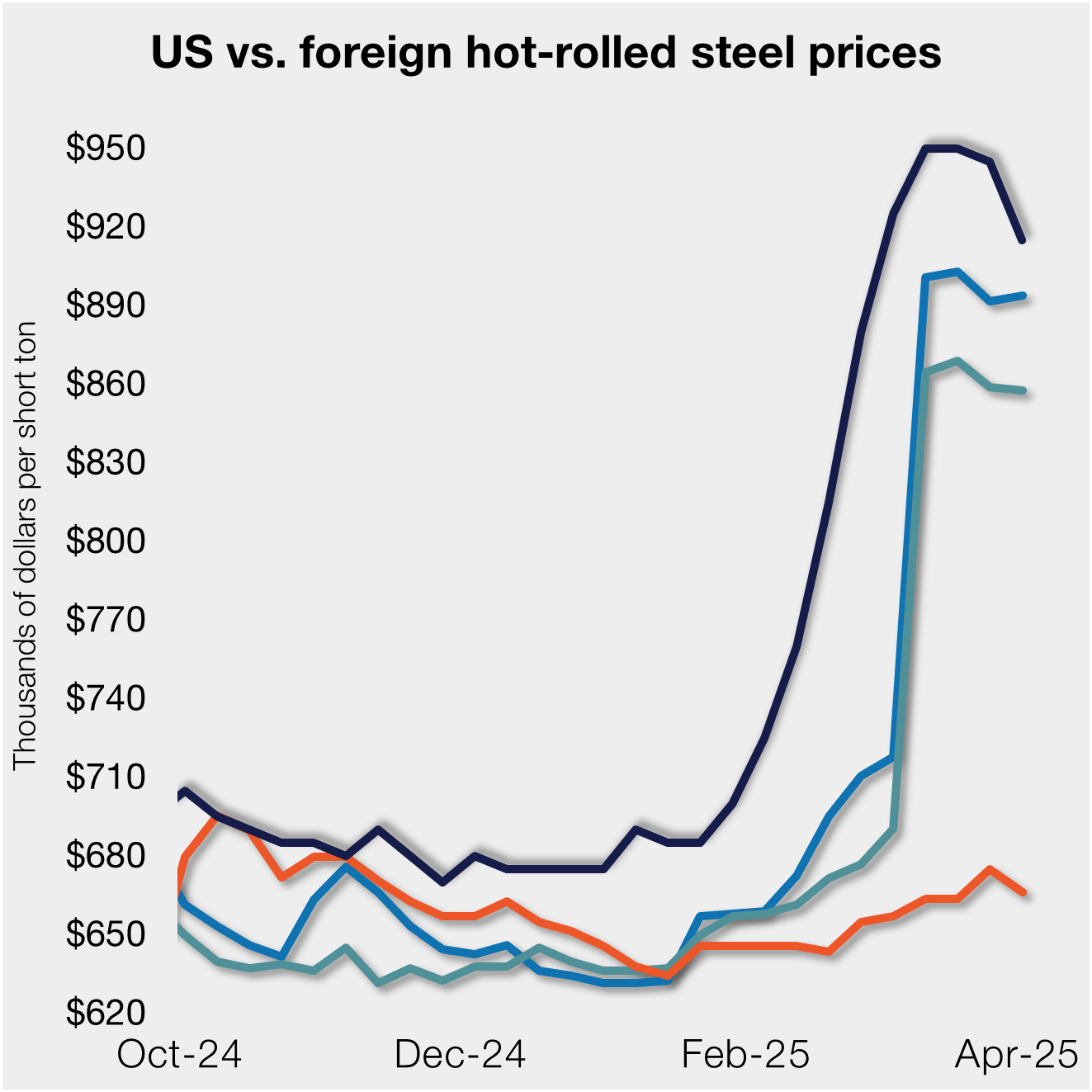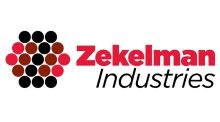Steel Products

Leibowitz on Trade: Looking Ahead to Next Year
Written by Tim Triplett
December 9, 2018
Trade attorney and Steel Market Update contributor Lewis Leibowitz offers the following update on events in Washington:
There are several currents surrounding the steel tariffs this holiday season. As we enjoy the end of this year, I am looking at the first few months of 2019 and how the steel trade situation could evolve.
• USMCA— Mexico and Canada are less likely to ratify the new USMCA agreement if they cannot get satisfactory relief from the steel and aluminum tariffs imposed by the United States
• Japan and the EU— As negotiating objectives are formulated for trade negotiations, steel and aluminum tariffs will come under pressure from the Japanese and EU governments. They are likely to view exemptions from those tariffs as key objectives. The question is whether the U.S. will relent on the tariffs or make other concessions to those trading partners that will encourage them to forego tariff exemptions.
• Litigation— The AIIS lawsuit will be argued in three days in New York. The theory of the lawsuit is quite different from the constitutional attack on the Affordable Care Act, which resulted in a court decision striking down the ACA last Friday. While they are very different cases, the Court of International Trade could conclude that Section 232 is an unconstitutional delegation of excessive legislative authority to the president, violating the “separation of powers” principle. This decision is expected in 2019, but the exact timing is unknown at this point.
The WTO will decide whether it can review the determination of the United States to invoke national security and take action that violates WTO agreements if national security were improperly invoked. A Panel decision is likely late in 2019.
• Legislation— Two bills were introduced in 2018 to rein in presidential discretion on imposing tariffs citing national security. One, introduced in the Senate in August by Sens. Portman (R-Ohio), Ernst (R-Iowa) and Jones (D-Ala.), would reverse the roles of the Secretary of Defense and the Secretary of Commerce in Section 232 proceedings. Under current law, the Secretary of Commerce conducts the investigation and writes the report to the president, after consultations with the Secretary of Defense regarding the effect of imports on defense preparedness. Under the Senate bill, the Secretary of Defense would take the lead and consult with the Secretary of Commerce on issues of economic impact of imports.
The other, introduced in the House by retiring Rep. Mark Sanford (R-S.C.), would subject Section 232 determinations by the president to congressional review and possible disapproval. Neither bill was moved in the 115th Congress. The developments above could cause this legislation to move.
• Tariff Impacts— Major public relations efforts continue for and against the tariffs. Just this week, two analyses drew diametrically opposite conclusions. While the conclusions are in conflict, their focuses were so different that both could be consistent with the facts that each group thought were important.
The Economic Policy Institute (EPI), a pro-organized-labor group, published a study focusing on the aluminum tariffs, concluding that complaints from U.S. manufacturers of destructive impacts on downstream manufacturers were off-base. Focusing on the months since the tariffs on aluminum were put in place, EPI said that the aluminum industry added some 300 jobs, while U.S. manufacturers added 200,000 jobs. The study did not focus on steel.
BusinessForward.com published an analysis that took issue with the notion that tariffs on steel were good for the economy as a whole. Steel prices rose significantly in the aftermath of the tariffs, but are broadly declining in the United States. However, U.S. prices are substantially higher than in other global markets. BusinessForward points out that the market average of hot and cold rolled steel increased 7 percent from February to October, while it declined about 9 percent in other foreign markets. The impact on downstream manufacturers from those cost differences will lead to lost profitability for U.S. manufacturers and perhaps calls for additional protection from downstream manufacturers.
While EPI focuses on short-term gains for aluminum producers, and steel producers have gained as well, BusinessForward, reinforced by analysis from CRU, focuses on the long-term harm to downstream producers, who employ many more workers than steel and aluminum producers. (In steel, consuming companies employ more than 40 times the workers that steel producers do.)
EPI made the argument that the United States does not want to be in a position of depending on foreign suppliers in case of conflict, but did not acknowledge that the current Section 232 tariffs made that possibility less likely. In 2019, we will debate vigorously the costs and benefits of continuing (or discontinuing) the tariffs on steel.
Wishing you a happy and peaceful holiday season!
Lewis Leibowitz
The Law Office of Lewis E. Leibowitz
1400 16th Street, N.W.
Suite 350
Washington, D.C. 20036
Phone: (202) 776-1142
Fax: (202) 861-2924
Cell: (202) 250-1551

Tim Triplett
Read more from Tim TriplettLatest in Steel Products

Don’t miss next week’s Community Chat with Algoma Steel CEO Michael Garcia
Algoma Steel CEO Michael Garcia will be the featured guest on SMU’s Community Chat webinar on Wednesday, April 9, at 11 a.m. ET. Register here for free to join the timely conversation. As a key Canadian flat-rolled steel producer and supplier to the US, Algoma can offer valuable insight into the evolving tariff landscape — its challenges […]

AISI: US steel shipments decline in February
Domestic steel shipments decreased month over month and year on year in February, according to the latest data from the American Iron and Steel Institute (AISI).

US, offshore HRC prices differ widely on tariff situation
Domestic hot-rolled (HR) coil prices declined this week, a trend again reflected in most offshore markets. Despite similarities, the shifting tariff landscape has made for a wild ride in Q1.

Atlas Tube debuts ‘HSS Connections Hub’
Atlas Tube, part of Zekelman Industries, has introduced an engineering resource aimed at simplifying Hollow Structural Sections (HSS) connection design for structural engineers and fabricators.

Nucor keeps HRC price unchanged
Nucor paused its weekly hot-rolled (HR) coil price this week, keeping it flat for the first time since Jan. 21. This comes after a nine-week rally that saw the company increase prices by double-digits for eight of those weeks.
